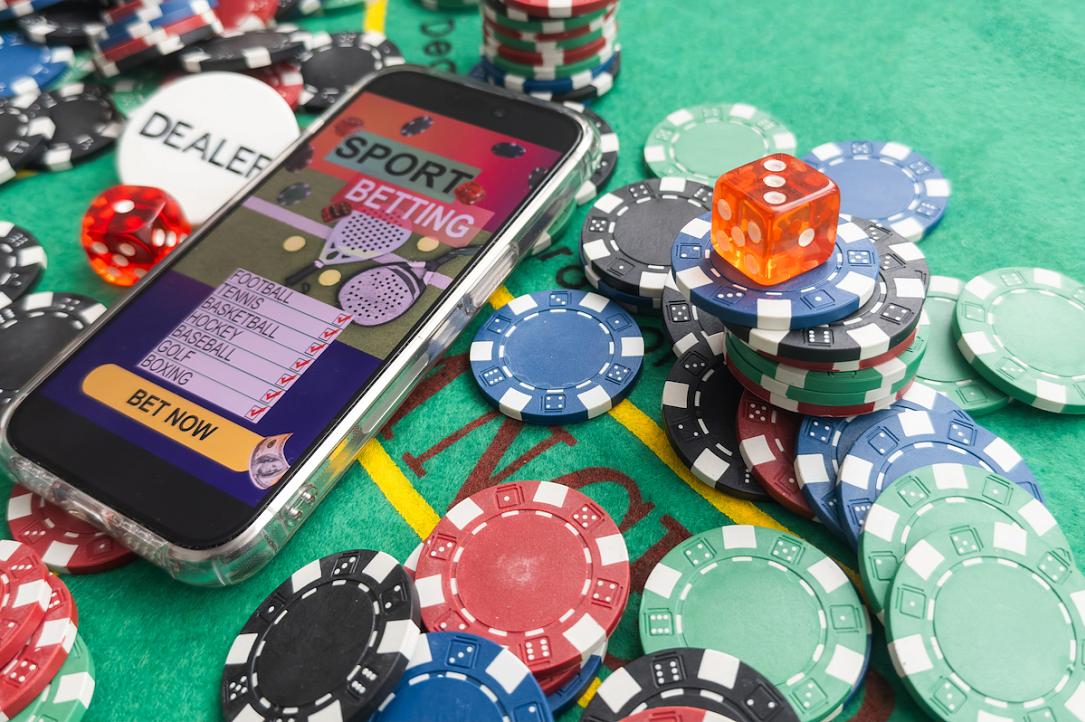
Mastering the Art of Bluffing: Best Poker Strategies for Bluffing
Bluffing is an art form that can dramatically change the outcome of a poker game, allowing players to seize victory even when the odds seem unfavorable. Whether you’re a novice or a seasoned player, understanding the intricacies of bluffing can enhance your poker prowess. In this article, we will delve into the Best poker strategies for bluffing total casino pl best poker strategies for bluffing, ensuring you’re equipped with the necessary skills to outsmart your opponents.
Understanding the Concept of Bluffing
Bluffing involves deceiving your opponents into believing that you hold a stronger hand than you do. This can evoke a reaction, causing them to fold their cards. The effectiveness of bluffing rests on timing, understanding player psychology, and setting up the right conditions to execute your bluff successfully.
The Importance of Position in Bluffing
Your position at the table significantly affects your bluffing strategy. Players in the late positions have an advantage because they can observe their opponents’ actions before making their decisions. This knowledge can be utilized to craft a more convincing bluff. When you’re in a late position, you can apply pressure to earlier players who may have weaker hands, thereby increasing the likelihood of them folding.
Timing Your Bluffs
Timing plays a crucial role in successful bluffing. Bluff too often, and your opponents will catch on. Bluff too infrequently, and you may miss out on opportunities to win pots you otherwise wouldn’t. A well-timed bluff can yield impressive results, especially when the board shows cards that could suggest the strength of your hand. Consider bluffing after a coordinated board appears, which might lead your opponents to believe you have a strong draw.

Reading Your Opponents
Every player has their own style, and recognizing these patterns can provide key insights into when to bluff. Watch for signs of weakness—such as hesitation or unwillingness to bet aggressively. Additionally, paying attention to betting patterns can reveal whether an opponent is strong or simply faking confidence. Use this information to identify optimal moments to bluff, targeting players who are more likely to fold.
Choosing the Right Opponents
Some opponents are more susceptible to bluffs than others. Players who are overly cautious or prone to folding at significant raises make ideal targets for bluffing. Conversely, aggressive players who are prone to calling bets, regardless of their hand strength, may not be worth the gamble. Tailor your bluffing strategies according to the tendencies of your opponents, and focus on those who are more likely to fold under pressure.
The Size of Your Bets
The size of your bet is a powerful tool when bluffing. A poorly sized bet—too small, and you may encourage calls; too large, and you may scare away potential folds—can undermine your bluff. Consider making a bet that suggests strength without risking too much of your stack. A well-calibrated bet can create doubt in your opponent’s mind and prompt them to fold.
Targeting the Right Moments
Identifying the right moments to bluff is critical. A common scenario is to take advantage of a passive table, where most players are checking and not showing aggression. By initiating the bluff in such moments, you can seize control of the hand. Moreover, bluffs are often more successful on earlier rounds when opponents are still forming their strategies and have not committed a significant amount of chips.

Giving Off the Right Tells
Your own body language and betting behavior can impact the success of your bluff. When you wish to convey strength, your demeanor should be calm and steady. Avoid overtly nervous gestures, as this can give away your intentions. Practicing a consistent betting pattern also helps to disguise your true intentions. Remember, a successful bluff not only relies on deceiving your opponents but requires you to be a convincing actor in the process.
Knowing When to Give Up
Understanding when to abandon a bluff is just as important as executing one. If your opponents demonstrate strength through aggressive betting or re-raises, it may be wiser to fold rather than continue pursuing your bluff. Having the discipline to recognize when you’re beat can save you valuable chips and help maintain a better overall strategy.
Practice, Practice, Practice
The final piece of the puzzle is practice. Bluffing effectively comes with experience and learning from past mistakes. Engage in various poker games and observe different player types, honing your skills as you go. Online platforms often allow you to play in a risk-free environment, providing an excellent opportunity to refine your bluffing strategies.
Conclusion
Bluffing is an integral part of poker that skillful players use to their advantage. By mastering the best poker strategies for bluffing outlined in this article, you can elevate your gameplay and increase your chances of success at the poker table. Remember, bluffing is not just about deception; it’s about reading your opponents, timing your moves, and conveying confidence. So, get out there, practice your techniques, and don’t be afraid to assert your dominance at the table!
